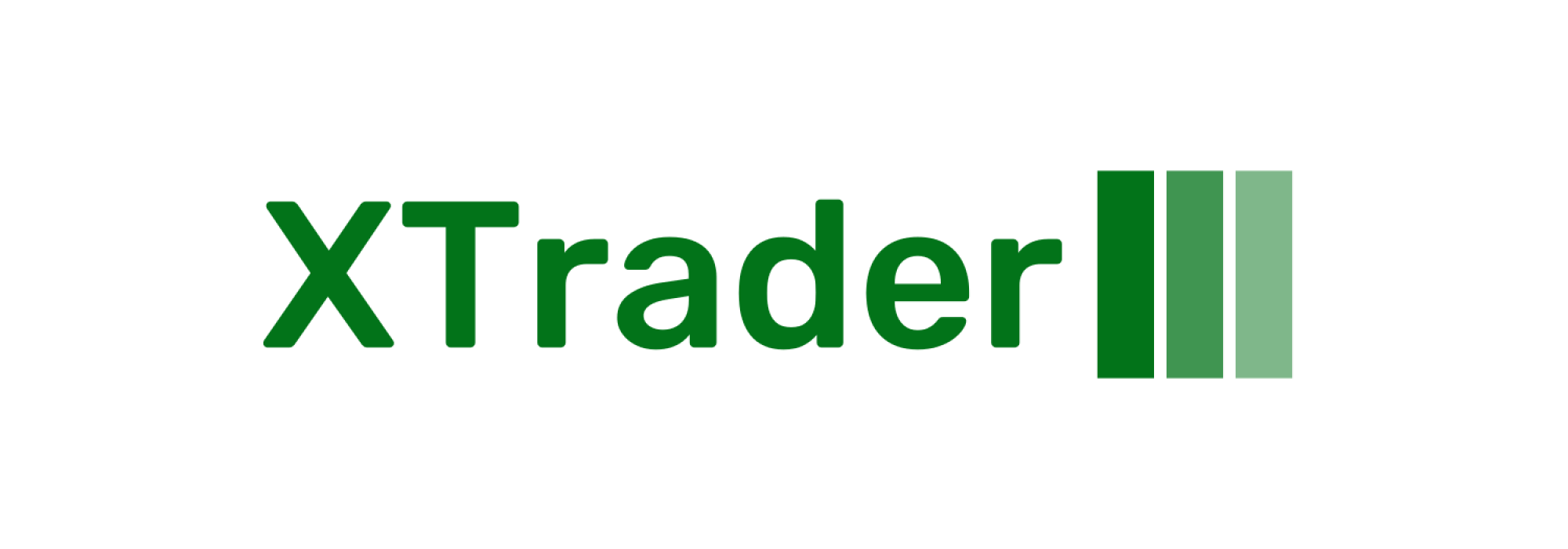During the first half of 2023, the broad U.S. equity benchmarks closed positively, displaying a combination of strong and subdued returns influenced by the size and sector makeup of their components. Large-cap and growth stocks notably outperformed small caps and value stocks, resulting in varied performances driven by several market concerns.
The Nasdaq-100 (NDX) delivered an exceptional performance, achieving a historic 39.4% gain in the first half of 2023 – its best 1H performance since its inception in 1985. This outperformance was significantly higher compared to the S&P 500, Russell 2000, and Dow Jones Industrials. Concerns were raised about narrow leadership and poor market breadth, especially as the Dow Jones Industrials and Russell 2000 remained essentially flat through the end of May. However, June witnessed improved market breadth, with notable performances by the Dow Jones Industrials, S&P 500, and the S&P 500 equal-weight indices.
Historical trends suggest that strong Nasdaq outperformance in the first half often translates into robust overall market performance in the second half of the year. From a technical perspective, the S&P 500 in June was notable, breaking out above the widely watched ~4,200 level and showing positive momentum. The Advance-Decline Line (ADL) confirmed broad participation and validated the strength in the Nasdaq.
Sector performance for June revealed that seven out of eleven sectors finished higher in the first half, with Technology (+42.8%), Communications (36.3%), and Discretionary (+33%) leading the way. While large-cap Technology companies contributed significantly to the sector’s gains, equal-weight and small-cap Technology indices also posted respectable returns. There was a clear rotation into cyclicals in June, possibly reflecting improving economic activity, with all sectors finishing the month in positive territory.
Industrials emerged as a standout performer at the sector level, achieving new all-time highs in June. Widespread participation within Industrials, with 37% of its members trading at 52-week highs, marked a significant development.
Despite early concerns about an economic recession due to the Federal Reserve’s ongoing rate hike cycle, market conditions showed signs of improvement. The MOVE Index, reflecting rates volatility, trended lower, contributing to overall market liquidity. Economic data outperformed expectations, as indicated by the Bloomberg Economic Surprise Index, reaching its highest level in more than two years.
Various economic indicators, including Q1 GDP revisions, consumer confidence, low unemployment rates, and positive trends in housing, suggested a resilient economy. The debt ceiling resolution, coupled with the Fed’s quantitative tightening, had initially raised concerns, but increased T-bill issuance and reduced bond duration contributed to market stability.
Q2 corporate earnings were expected to decline for the third consecutive quarter, with the S&P 500 forward 12M P/E ratio at 18.9. The Federal Reserve paused rate hikes at the June meeting but forecasted two additional hikes for the year. Markets seemed to be pricing in a more optimistic economic outlook, with record index performance, improving breadth, new highs in industrials and homebuilders, resilient economic data, softening inflation, and positive expectations for 2H corporate earnings. The possibility of an AI revolution also contributed to the overall positive market sentiment, challenging earlier predictions of an imminent recession.
